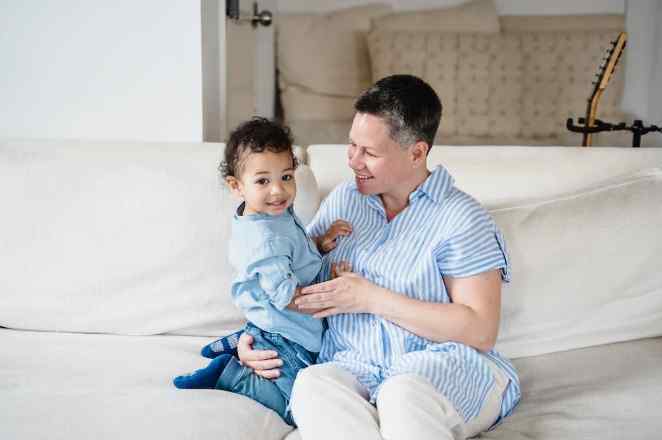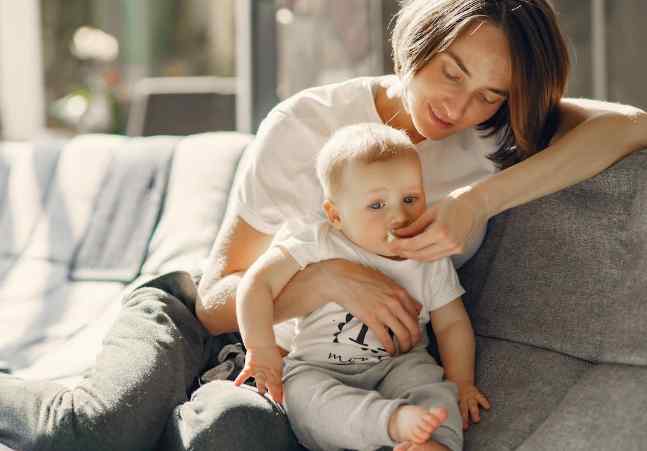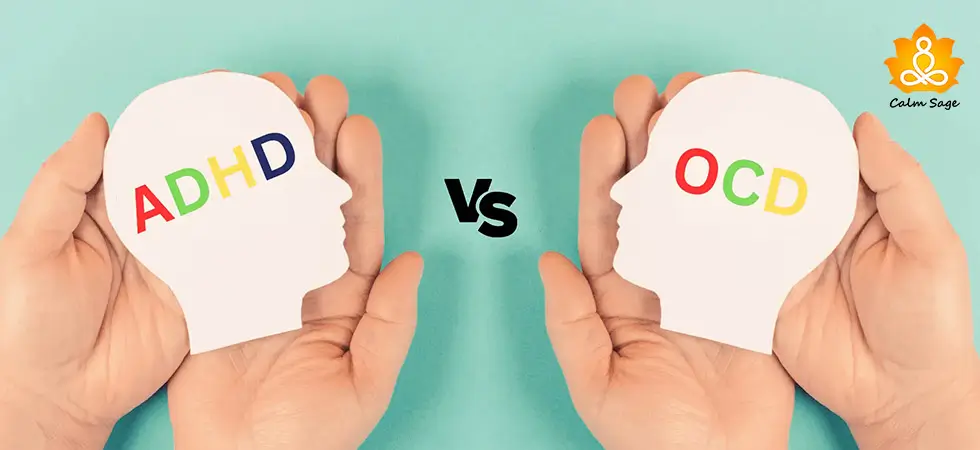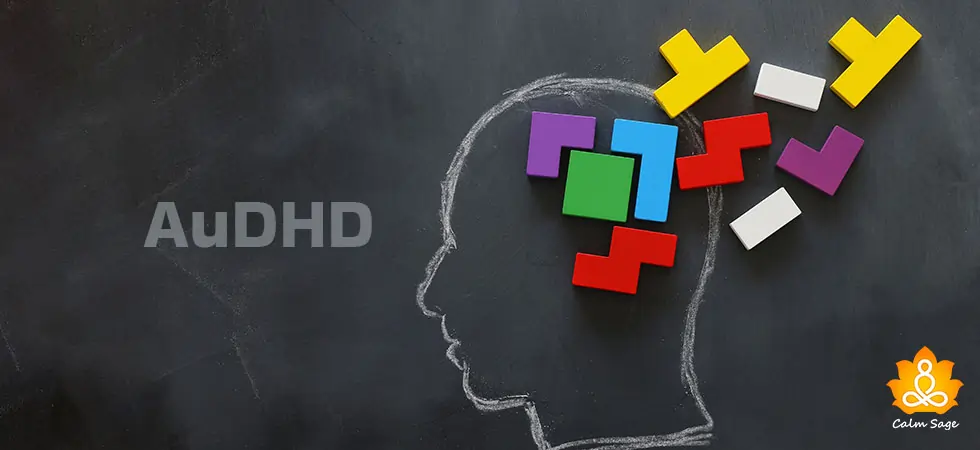Is Your Baby Fussy All The Time? Learn About ADHD In Babies

If your baby is fussy sometimes, then you may not need to worry, it’s quite common that sometimes babies act clingy, fussy, and moody. But, if your baby is acting weirdly (in terms of behavior change) then this can be a little concerning.
If you are directly moving on to a conclusion that your baby might have Attention deficit hyperactivity disorder (ADHD), then wait and read this blog to understand ADHD in babies, its signs, symptoms, and what you can do to prevent ADHD in babies.
Let’s begin with understanding ADHD in babies.
ADHD in Babies or Toddlers

Yes, babies or toddlers can have ADHD which is a behavioral condition characterized by impulsiveness, inability to pay attention or concentrate, or hyperactivity. ADHD in childhood is common and can highly impact everyday functioning, school performance, and relationships. The biggest fact is that most cases of ADHD are not diagnosed on time until the child steps in for elementary schooling. It happens because diagnosing ADHD in children is challenging as various developmental changes are going on during the early years.
Research shows that your child can have ADHD only when you have ADHD, your other children have, or ADHD is a hereditary issue that runs in your family. ADHD can be seen in 4% to 12% of children and it is highly seen in boys over girls.
Facts and Myths about ADHD in Babies
While ADHD can be seen in babies and toddlers, there are a lot of myths and facts related to ADHD, let’s identify the actual facts related to ADHD in babies:
Myth 1: ADHD is not a real medical condition.
Fact: ADHD is a medical condition that is one of the most common conditions experienced during childhood. ADHD is hereditary.
Myth 2: All kids with ADHD are hyperactive.
Fact: The stereotypical thinking that runs around kids is that they are hyperactive all the time. While the fact is that hyperactivity usually fades away or reduces with time.
Myth 3: Only boys can have ADHD.
Fact: It’s a fact that boys are likely to be diagnosed with ADHD more than girls but it does not mean that girls cannot have it. The other fact related to it is that girls are likely to be overlooked and that is why it remains undiagnosed in girls.
Related Read: ADHD in girls
Myth 4: ADHD is a learning disability.
Fact: Clearly, ADHD is not a learning disability but it usually does not cause any challenges in tasks like writing, doing math’s, or reading. Kids with ADHD can get help with the right understanding and approach.
Myth 5: Kids with ADHD outgrow ADHD with time.
Fact: In most cases, kids usually don’t outgrow ADHD. But, the fact is some signs and symptoms can reduce or disappear with time. With the right approach and treatment, ADHD can be managed.
Signs and Symptoms of ADHD in Babies

I was not able to find the right research showing signs and symptoms of ADHD in babies. The below-mentioned list of signs and symptoms can help you with diagnosing and finding the right treatment approach:
- Temperament behavior
- Language delay particularly between 9 to 18 months of age
- Motor delay particularly between 9 to 18 months of age
- The babyacts fussy, difficult, or handful all of the time
During toddlerhood, the below-mentioned signs and symptoms of ADHD are likely to occur:
- Trouble concentrating and focusing
- Hyperactive child or can’t stop moving
- Impulsiveness
Causes of ADHD in Babies or Toddlers
Below are some of the common causes of ADHD in babies or toddlers:
- Genetics
- Brain functioning
- Head injuries
- Premature birth or unhealthy prenatal environment
- Exposure to lead or other toxins
Diagnosis of ADHD in Babies
As I mentioned above, it is quite challenging to diagnose a baby with ADHD as there are a lot of changes and development going on during the first few years. And, it might be possible that some of the signs might diminish with time.
But, you can still connect with a paediatrician to know more about their behavior and signs. If your baby’s signs are still present during toddlerhood, you can definitely take your child for a proper diagnosis. The right age for proper diagnosis is the fourth birthday. You can also connect with a mental health provider after their 4th birthday for proper diagnosis after cross-checking the criteria list.
Related Read: How to help kids with ADHD to succeed?
Treatment Options for ADHD in Babies
Since ADHD cannot be diagnosed in infants, it can be monitored. If your baby is an infant, you can monitor their actions and behavior so that you can create a healthy environment according to the needs of your child. You can also place them in the correct academic settings so that they don’t feel overwhelmed with the challenges.
After a proper diagnosis of ADHD, behavioral therapy and medications are prescribed to the child as treatment options. Behavioral therapy helps in managing child behavior and allows the child to express their feelings in a healthy manner.
Related Read: Cognitive Behavioral Therapy
Learning the right parenting tips for a child with ADHD can also help.
Please Note: We have provided this material as information. It is not intended as a substitute for medical expertise or advice. We strongly encourage you to discuss any decisions about treatment with a certified mental health provider.
I hope this blog helps you with understanding ADHD in babies or toddlers in detail. For more such content, connect with us on all social media platforms.
Thanks for reading!




















